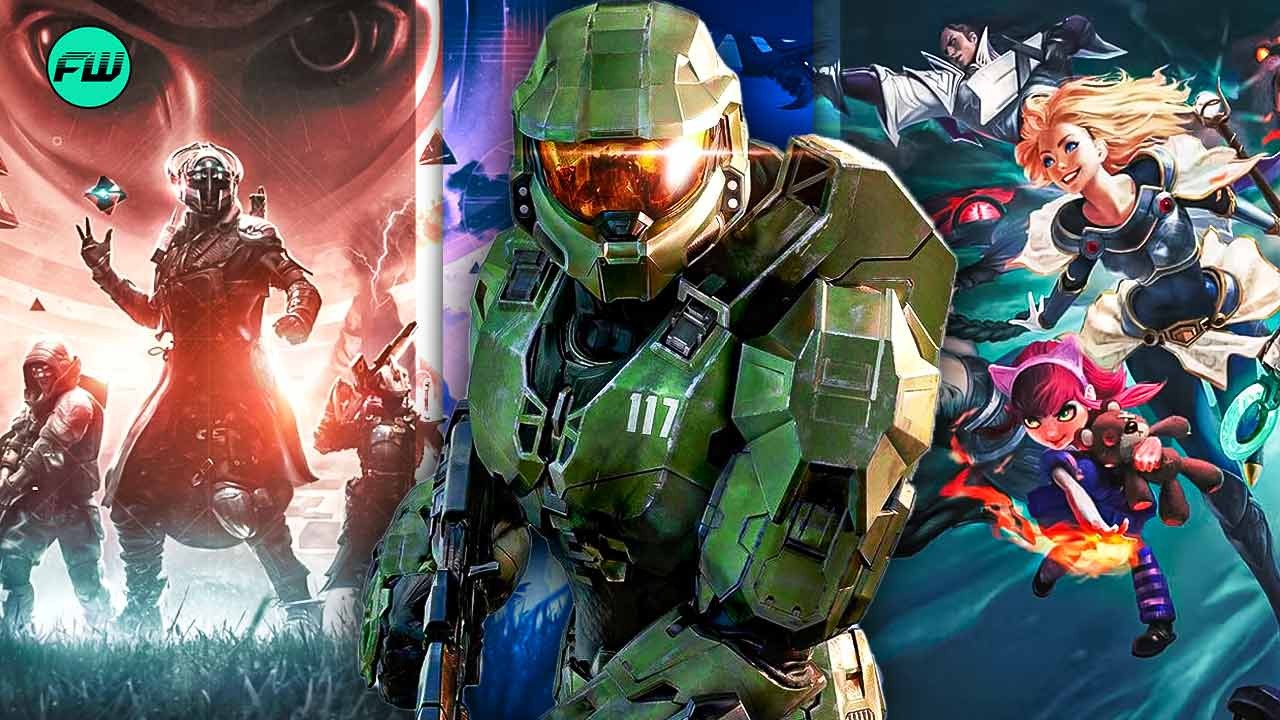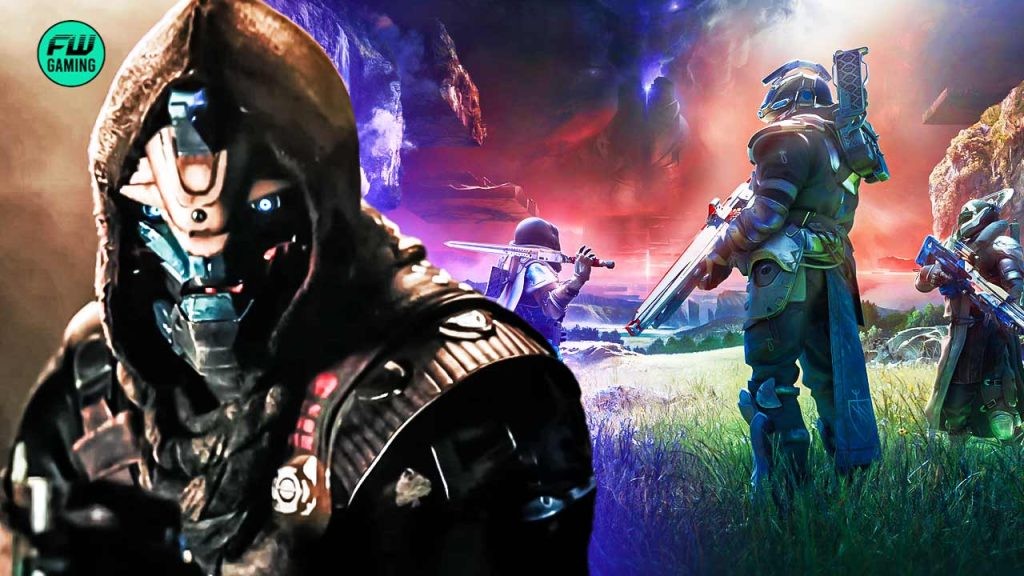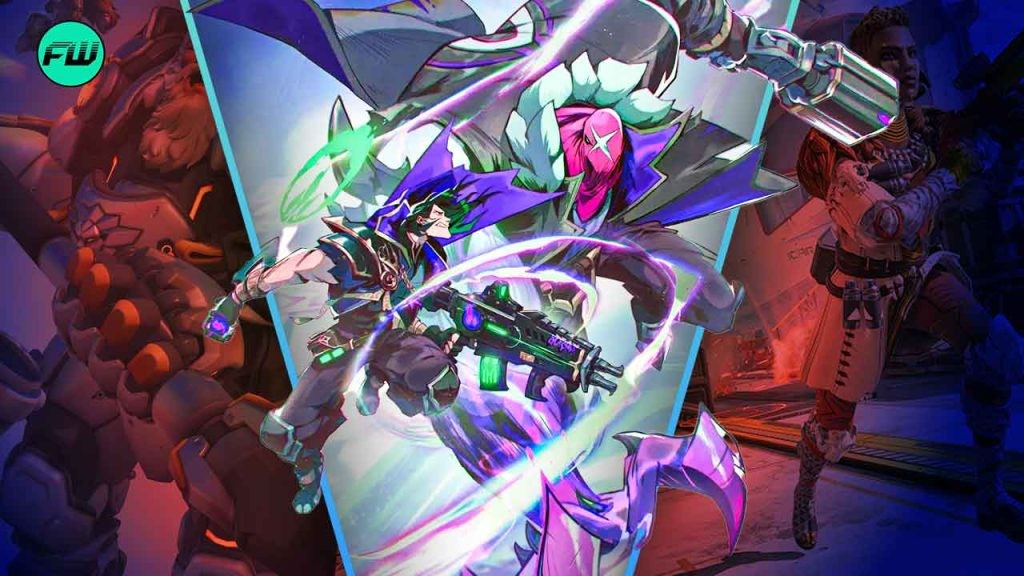The gaming industry has seen significant changes in recent years. Joe Tung, an experienced producer who has worked on popular franchises such as Destiny, Halo, and League of Legends, shared his perspective on the industry’s evolution.
The traditional model of selling games as standalone products is facing competition from the games-as-a-service approach, which emphasizes regular content updates and additional revenue streams. Tung, an industry veteran, recently explained why he prefers this approach.
A New Lens from a Gaming Industry Vet
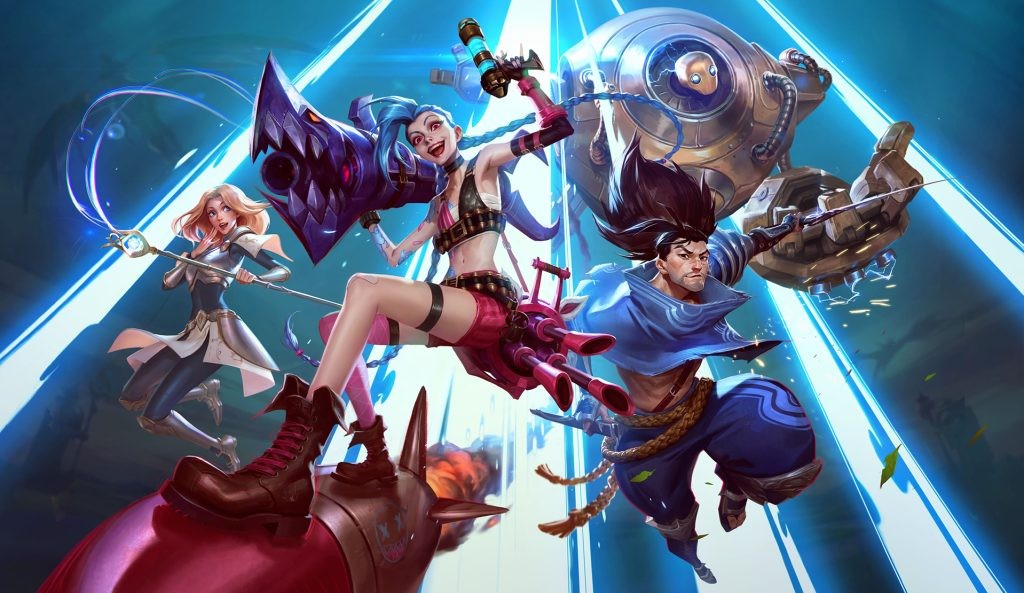
Tung, a former Bungie employee who played key roles in developing Halo 2 and Destiny, recently shared his perspective on the evolving game development models.
Now leading Theorycraft Games, Tung believes the live service model offers advantages over the traditional model.
I always felt like in the $60 boxed product model that I was having to make decisions that were not in the best interest of players. It was in the best interest of, how do we sell as many copies in the first 48 hours as we can? One of the huge strengths of the games as a service model is you can be long term, you can think long term in terms of what is best for the player, and how does that overlap with what is best for the company? I think it allows you to make much, much, much better decisions overall.
Under the traditional model, studios face a major challenge in covering development costs and turning a profit from a single purchase price.
This can result in rushed releases or limited post-launch support as studios find it difficult to continue investing in a product that has already been sold.
I would wager that any developer who has ever worked in the $60 box product model, up until the point where E3 was cancelled, has a story about the E3 build. It’s like, let’s jam as much bull**** vaporware into the build as we can in the next three months because we have to have a huge showing at E3 because it’s our one opportunity to talk to our audience before we launch the game. I would have to wager that some hugely significant percentage of those E3 efforts ended up on the cutting room floor because they were half-baked and caused people to crunch and really have to make huge sacrifices to get it in.
Tung argues that the Games as a Service model promotes a more sustainable development cycle. Developers can continuously invest in improving and expanding their games with ongoing revenue streams from in-game purchases or subscriptions.
Continuous Evolution and the Live Service Model
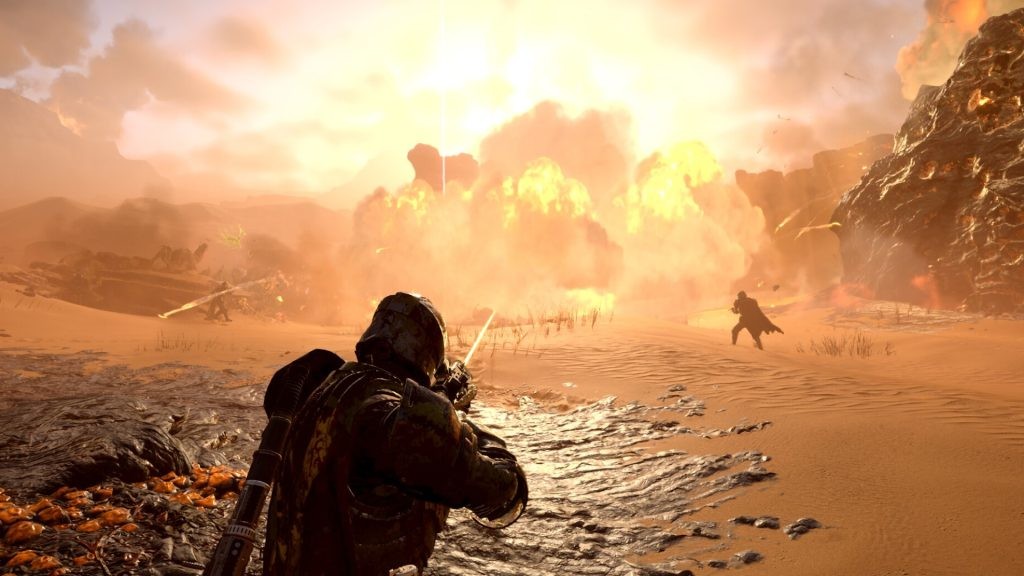
Imagine a game that consistently expands and adjusts. Ongoing updates can introduce fresh features, encounters, and material, ensuring that players remain interested for extended periods.
Titles such as League of Legends and Destiny, where Tung worked as an executive producer, serve as excellent examples of this concept. These free-to-play MOBAs have enthralled millions for more than a decade by delivering regular updates with new characters, balance adjustments, and gameplay modes.
Although the Games as a Service model is not a cure-all, Tung recognizes the need for a fair and transparent monetization system that prioritizes player value.
When implemented correctly, the live service model can cultivate a stronger relationship between developers and players, allowing for ongoing improvement and creating a sense of community around the game.
Helldivers 2 is a recent example that blends traditional gameplay with live service elements. It offers a full campaign from the beginning and the option for Games as a Service.
The game universe evolves with new regions, missions, and challenges. Player decisions impact the game world, potentially affecting the overall game state and storyline.
The live service model is not without its detractors, but Tung’s viewpoint, shaped by his involvement with major gaming franchises, presents a valuable alternative perspective.
As the gaming industry keeps changing, the live service model, which allows for ongoing development and player involvement, is expected to continue as a significant influence in the coming years.
Is GaaS a positive? Is it the future of gaming? Let us know in the comments below!

